
Woven Art from the Marshall Islands
Updated at 2025-03-27
The Marshall Islands are made up of 24 atolls and islands. Women on these islands showcase their artistic skills by weaving different crafts using materials like coconut leaves, pandanus leaves, and shells. Each atoll has its own distinctive weaving style, contributing to the uniqueness of their artwork. In this particular piece, each point represents an island or atoll. By weaving all points together, it symbolizes the statehood of the Marshall Islands.
National flag: rectangular with a length to width ratio of 19:10. It was designed by Emlain Kabua, who was the first lady at the time, and adopted at the start of self-government on May 1, 1979. The flag has a blue field that represents the Pacific Ocean. The two adjacent stripes of white (representing the sunrise and peace) and orange (representing the sunset and courage) gradually widen as they radiate from the lower left corner to the upper right corner. There is a star with 24 points in the upper left corner that represents the number of constituencies. The four elongated points represent the four principal cultural centers (Majuro, Jaluit Atoll, Wotje Atoll, and Ebeye Island). The flag also shows that the Marshall Islands is located in north of the equator.
National day: May 1
Language: Marshallese, English
Capital: Majuro
Area: 181 square kilometers of land, 2.13 million square kilometers of territorial waters
Population: Approx. 36,000 people
Currency: U.S. dollar
Government: Presidential cabinet system
相關藏品

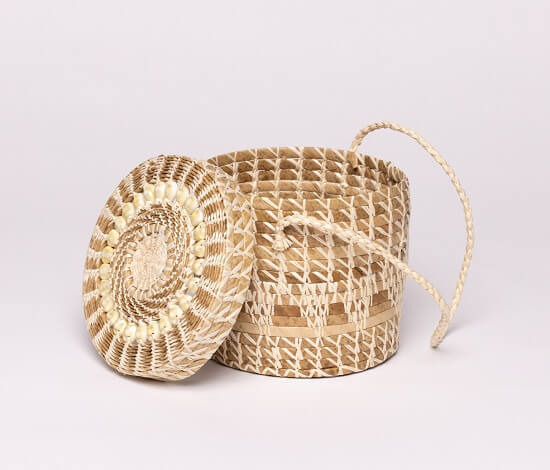
.jpg)
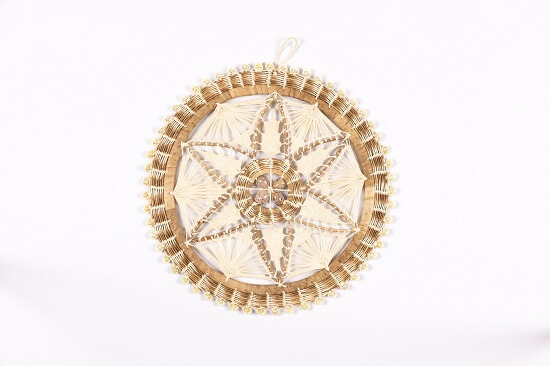

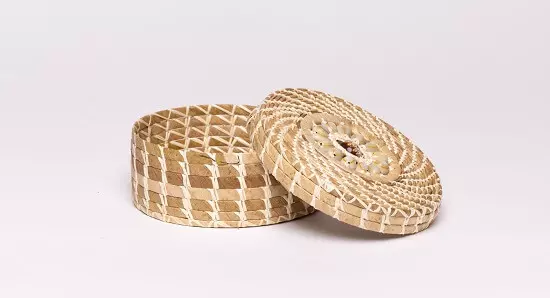
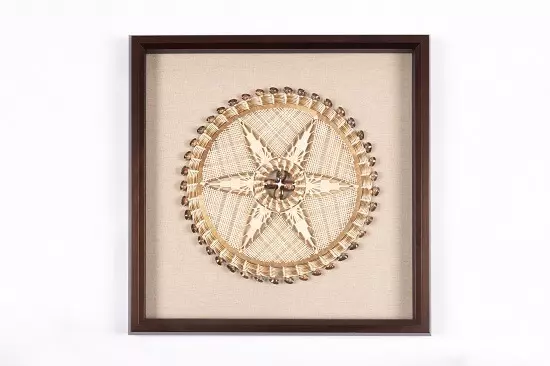
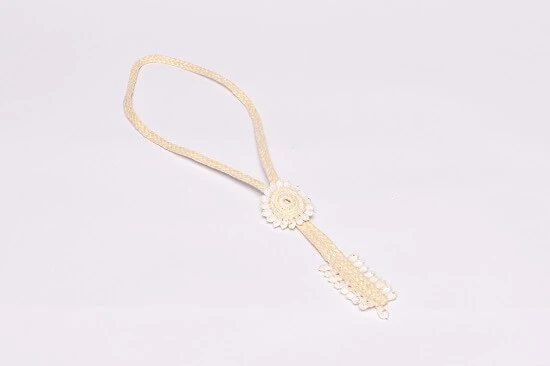
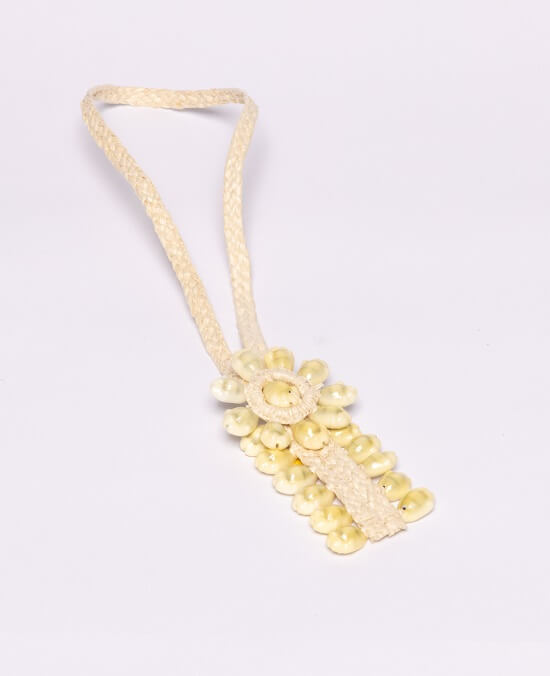
.JPG)



